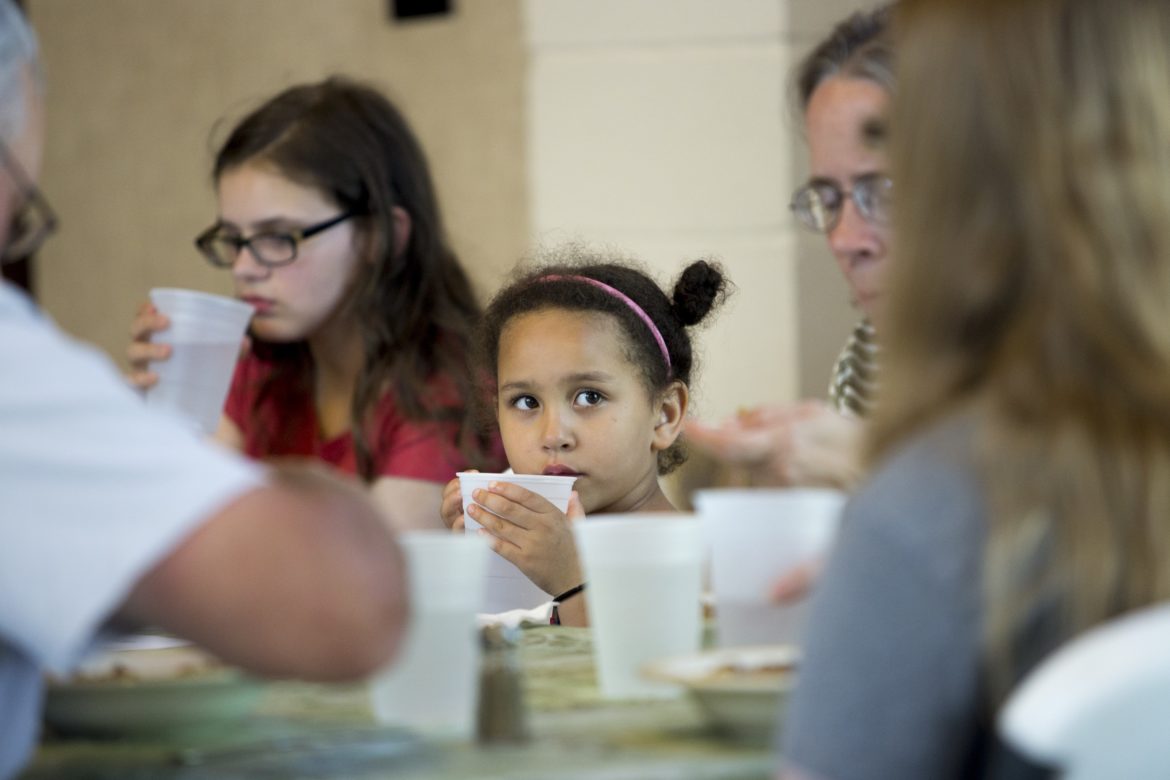Faces of Hunger

The Faces of Hunger project was a yearlong journalism and community engagement effort focused on the people and communities facing hunger and food insecurity in rural North Carolina. With more than half of North Carolina’s 100 counties being, or are at risk of becoming, news deserts, Carolina Public Press (CPP) explored the causes of hunger in communities that have received little sustained or concentrated journalistic coverage of the issue.
CPP worked with several different media outlets and held public events to highlight the issues and systems contributing to hunger and food hardship, which impact an estimated 1.5 million North Carolinians. Throughout the series, our nonpartisan, nonprofit news organization explored potential solutions, from local efforts to statewide policies and programming.
Additionally, CPP worked with 11 local, regional, and statewide hunger-related organizations and collaborated with four to better understand, report on, and build audiences and support for the journalism and community engagement program.
As a result, CPP produced a total of 14 news reports that included audio, video, and photography. We also organized and held community forums highlighting local issues related to hunger in a total of five rural communities. These forums included 11 different organizations and 13 speakers from food pantries, statewide data and policy experts, individuals living with food insecurity, healthcare providers, religious organizations, senior citizen organizations, schools, and the First Lady of North Carolina.
In addition to publishing data-rich news reports, we worked with five media partners to help conduct and amplify reporting. We also organized and held two hunger resource fairs that served more than 150 residents in rural parts of the state, providing direct access to food and food pantries, health screenings, long-term resources, legal aid, and more.
We know this project had real impact in the communities we cover, especially as witnessed during our community forums and resource fairs. Using Google Analytics, we measured a 39% increase in rural audiences served by the series. We know some of the featured organizations networked with one another for the first time, building relationships and sharing resources, while others went on to coordinate conversations about long-term solutions to food insecurity in their areas.



